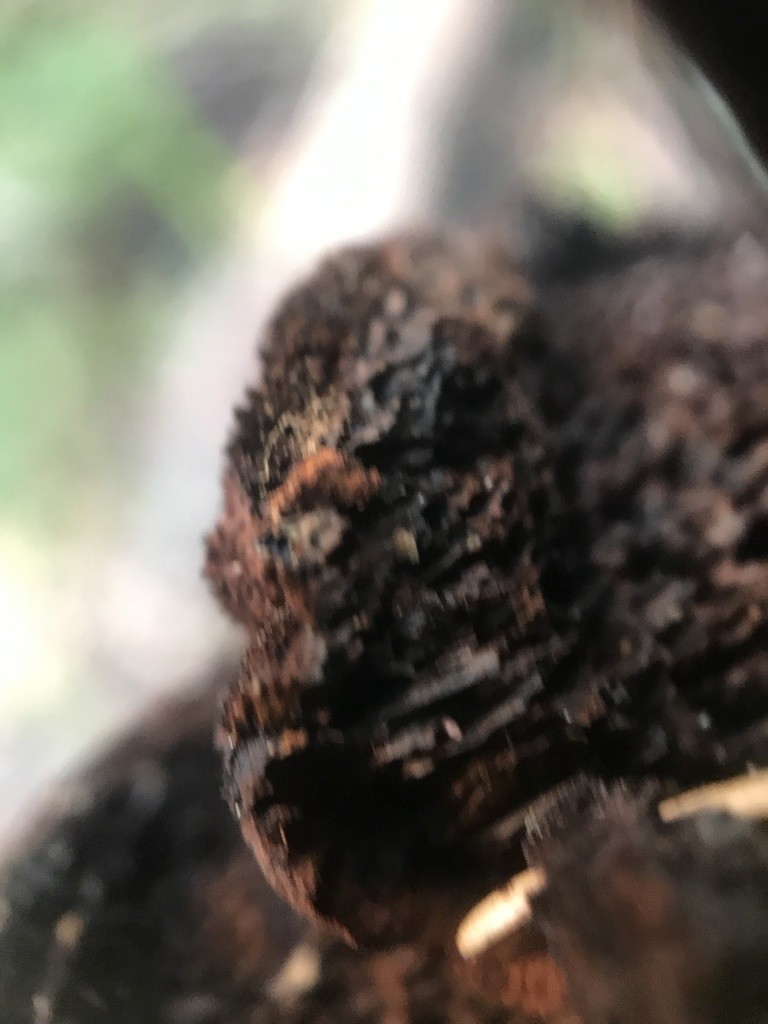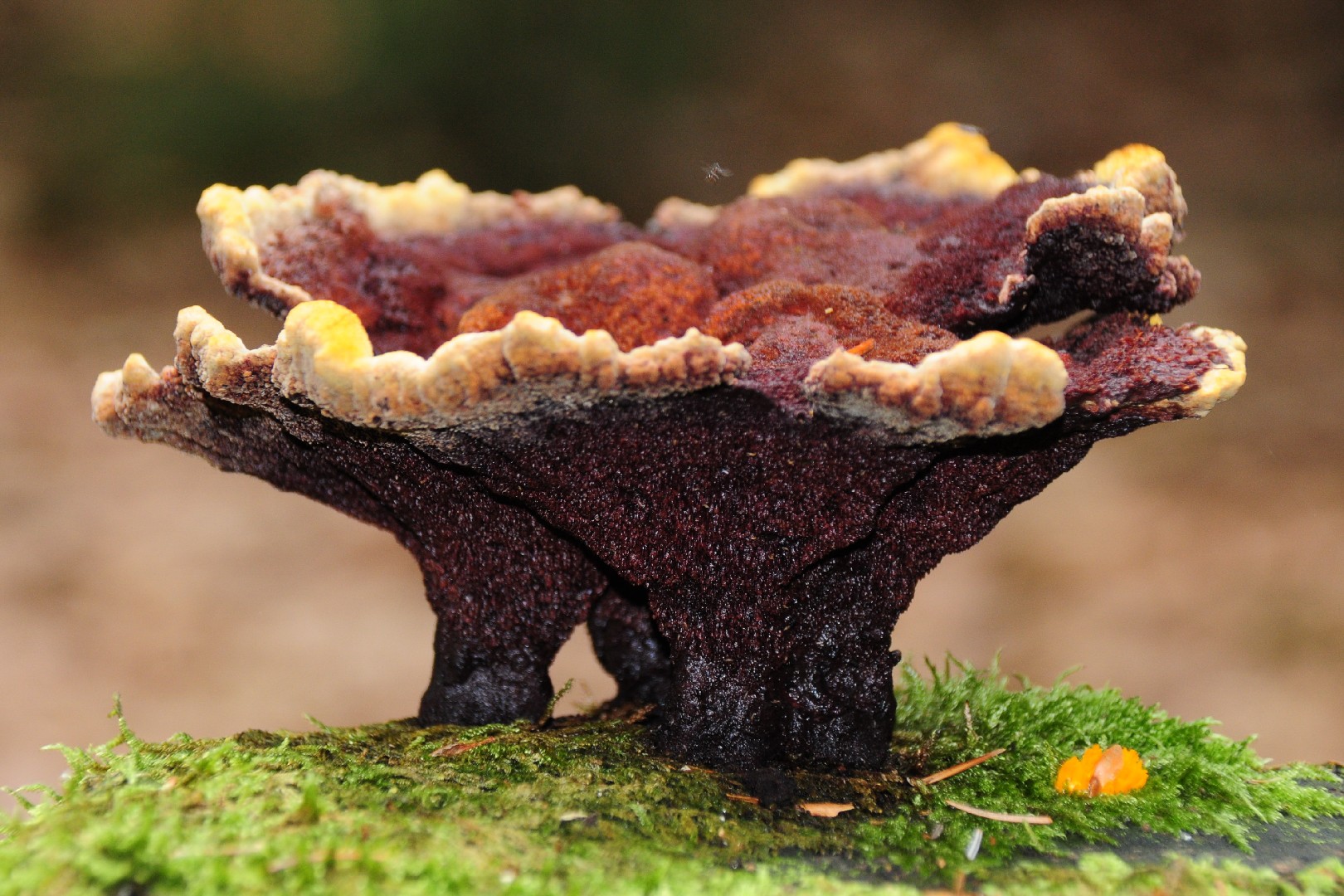Phaeolus
Scientific name: Phaeolus
Phaeolus
Scientific name: Phaeolus
 Photo By Jennifer Rycenga , used under CC-BY-4.0 /Cropped and compressed from original
Photo By Jennifer Rycenga , used under CC-BY-4.0 /Cropped and compressed from original Description
Phaeolus is an intriguing group of fungi best known for producing strikingly vibrant spore-bearing structures often resembling brownish-yellow cushions. A member of wood-decay fungi, phaeolus specializes in breaking down tough, woody materials, playing a vital role in nutrient recycling within forest ecosystems. Some species in this group feature fuzzy, velvet-like textures that can change color as they age, turning from bright hues to darker, richer tones.
Species of Phaeolus
Care Guide for Phaeolus
Scientific Classification
Phylum
Club fungi Class
Mushroom-forming fungi Order
Shelf fungi Family
Bracket polypores Genus
Phaeolus 